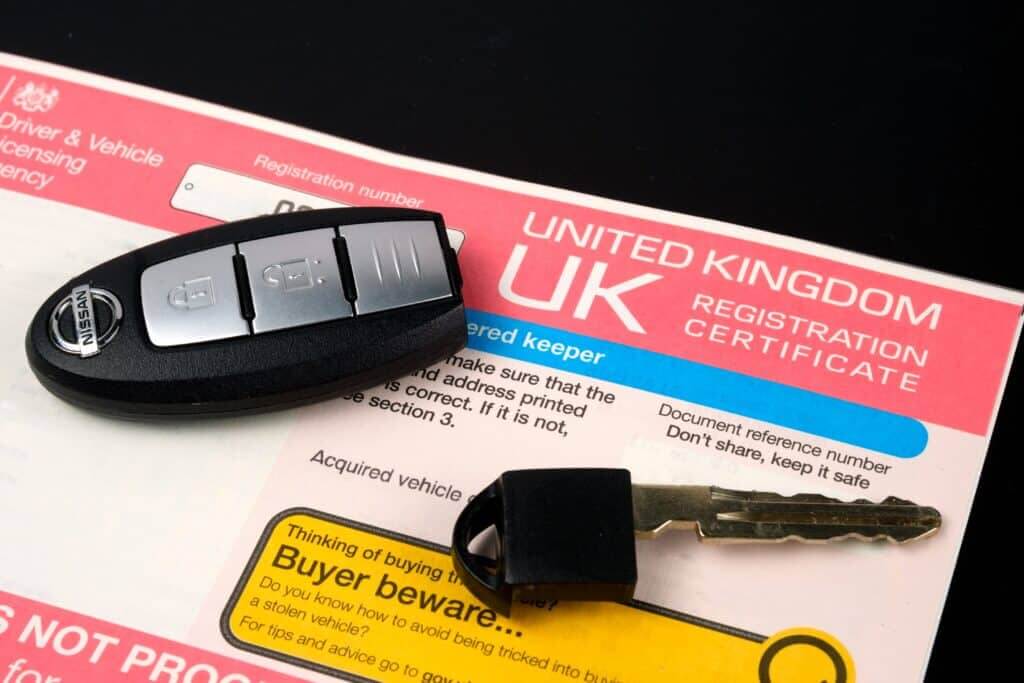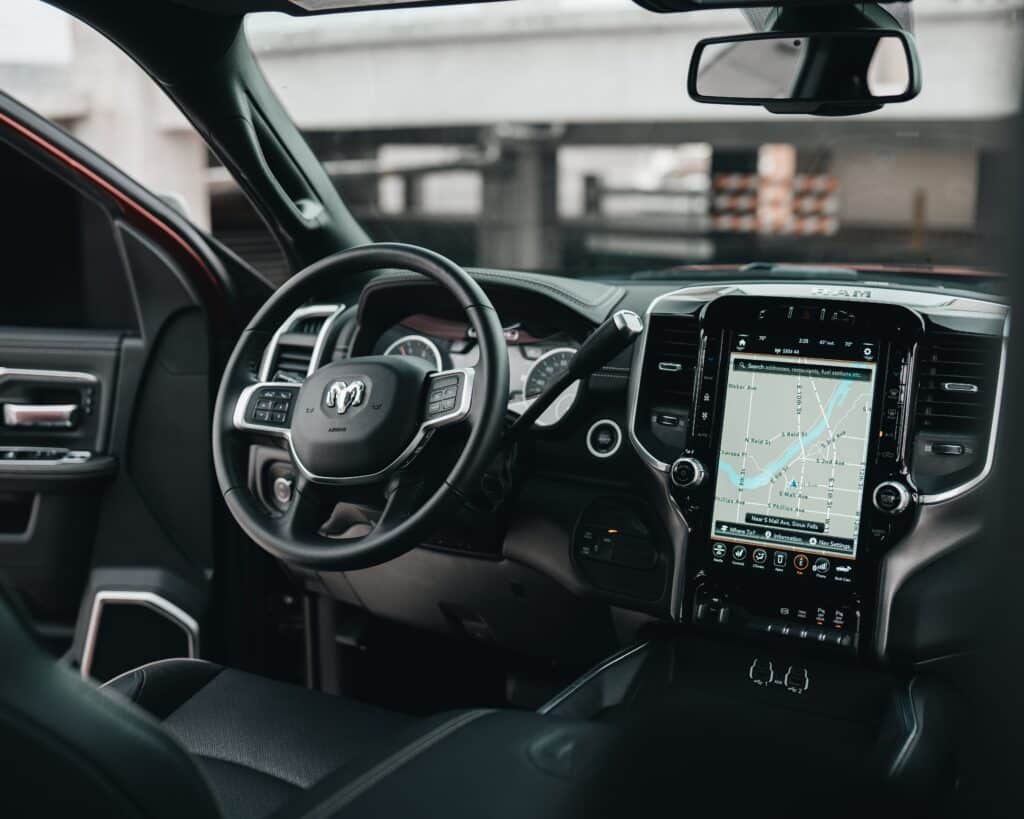Buying or selling a car? Trying to ensure your vehicle’s history checks out? There’s one key detail you can’t afford to ignore—the VIN number. Short for Vehicle Identification Number, this unique 17-digit code is like your car’s fingerprint. It holds essential information about the vehicle’s history, features, and even its origin.
Understanding your VIN is more than just good practice; it’s a must if you want to avoid scams, identify potential issues, or ensure your car’s legitimacy. Whether you’re in the market for something sporty like an Audi A3 or practical like a Ford Fiesta, knowing how to check a VIN number can save you time, money, and hassle.
What is a Vehicle Identification Number (VIN) or Chassis Number?
A Vehicle Identification Number (VIN) is a unique 17-character code assigned to every car during production. It serves as a universal identity for the vehicle and remains linked to it for its entire life. Think of it as a car’s digital passport.
Is a VIN the same as a chassis or engine number?
Here’s where things can get a bit confusing.
- VIN Number and Chassis Number – These are the same thing. The term “chassis number” is often used interchangeably because the VIN is stamped directly onto the car’s chassis.
- Engine Number – While also unique, the engine number identifies the motor powering the vehicle. Unlike the VIN, the engine number may change if the engine is replaced.
For more on how this impacts used car purchases, check out our Guide to Buying a Used Car.
Why is a VIN important?
A VIN contains crucial information about a vehicle’s manufacturing details, specifications, and history. It helps you with tasks like proving ownership, checking for recalls, validating the car’s condition, and even identifying if it’s been stolen.
Where can you find the VIN?
The easiest place to find a VIN is at the bottom of the windscreen (on the passenger’s side). Other common locations include the driver’s side door frame, under the bonnet, or stamped into the chassis. You’ll also find the VIN listed in the car’s V5C registration document.
👉 Pro Tip: If multiple VINs on the vehicle don’t match, walk away. This is often a sign of tampering or illegal activity. Learn more about staying safe when buying at our Car Buying Safety Guide.
A 1uick history of VIN numbers
Before 1980, manufacturers had their own systems for identifying vehicles, leading to plenty of inconsistencies and potential fraud. The International Organization for Standardization (ISO) introduced the modern, globally standardised 17-digit VIN in 1981. This system has helped combat scams and makes tracking a car’s history infinitely easier.
Got your heart set on a vintage model like a pre-1981 classic? Be aware that the VIN may differ from today’s format. You’ll need to rely on other means to verify its authenticity—our Classic Car Buyers Guide has you covered.
Why check your VIN when buying a used car
A VIN number isn’t just digits; it’s the key to a car’s history. Here’s what a VIN check can reveal:
- Ownership History – Ensures the rightful owner is selling the car.
- Theft Status – Determines if the car has been reported stolen.
- Recalls – Alerts you to unresolved car recalls that might affect safety.
- Tampering or Cloning – Confirms the car’s identity through a matching VIN; mismatches could indicate the car has been cloned.
When should you check a VIN number?
Checking the VIN anytime you’re buying or selling a car is essential. Here are some key scenarios where a VIN check is non-negotiable:
- Buying a Used Car – A quick VIN check will reveal if the car has been stolen, written off, or involved in other shady activities. Use trusted services like VIN Checker, VIN Decoderz, or Driving Tests.
- Selling Your Car – Providing the VIN to potential buyers builds trust and streamlines the sale process. Explore our Guide to Selling Your Car for more tips.
- Validating Registration Details – Ensure the VIN on the car matches its official records. Any discrepancies? Notify the authorities immediately.
What do the number and letters in a VIN mean?
Any car from 1981 to the present day will have a VIN number, while pre-1981 vehicles may have shorter identification numbers. So, what does a VIN number look like, how many digits is a VIN number, and what do the numbers mean?
VIN numbers are 17 characters long, and can include any digit from 0 to 9 and any letter of the alphabet except for I, O and Q (because they could be confused with numbers).
Understanding all the components on the VIN number is a little complex, because they are long and very specialised. It’s not something that’s crucial knowledge, still, if you’re curious, we’re going to break down the basics for you.
How to decode a VIN number
You don’t have to be a car guru to decipher a VIN. Each section is packed with information about the vehicle’s identity.
Breaking down the VIN
- Digits 1-3 – World Manufacturer Identifier (WMI): Identifies the country and manufacturer. For example, UK cars might start with “S.”
- Digits 4-9 – Vehicle Descriptor Section (VDS): Details the car’s attributes like body type, engine, and model.
- Digits 10-17 – Vehicle Identifier Section (VIS): Specifies the car’s unique production number, including serial number and year.
Brands like Honda Civic or Range Rover may have subtle differences, but the format is standard worldwide.

What do you do if the VIN seems suspicious?
Always trust your instincts! If the VIN isn’t 17 characters long, appears scratched or altered, or doesn’t match the logbook, there’s probably a serious problem. Tampering can indicate severe issues like car theft or fraud.
Take the following steps if something doesn’t seem right:
🚩 Contact the Seller/Dealer – Ask for clarification or additional paperwork.
🚩 Inform the DVLA – They can double-check registration information with the VIN.
🚩Report to the Police – If you suspect fraud, alert authorities immediately.
VIN numbers are designed to be foolproof and clear. If there are any inconsistencies, don’t trust the seller. To avoid this kind of ruse, read our car scams guide to learn about ‘gotchas’ and things to watch out for.
Simplify your car buying and selling journey
Understanding VIN numbers, and knowing how and when to check them, can help you avoid serious issues and protect your investments. Whether you’re shopping for an eco-friendly Tesla Model 3 or selling your trusty BMW 3-Series, a quick VIN check is a small step that could save you from big regrets.
Still have questions? Explore our comprehensive Car-Buying Guides.



